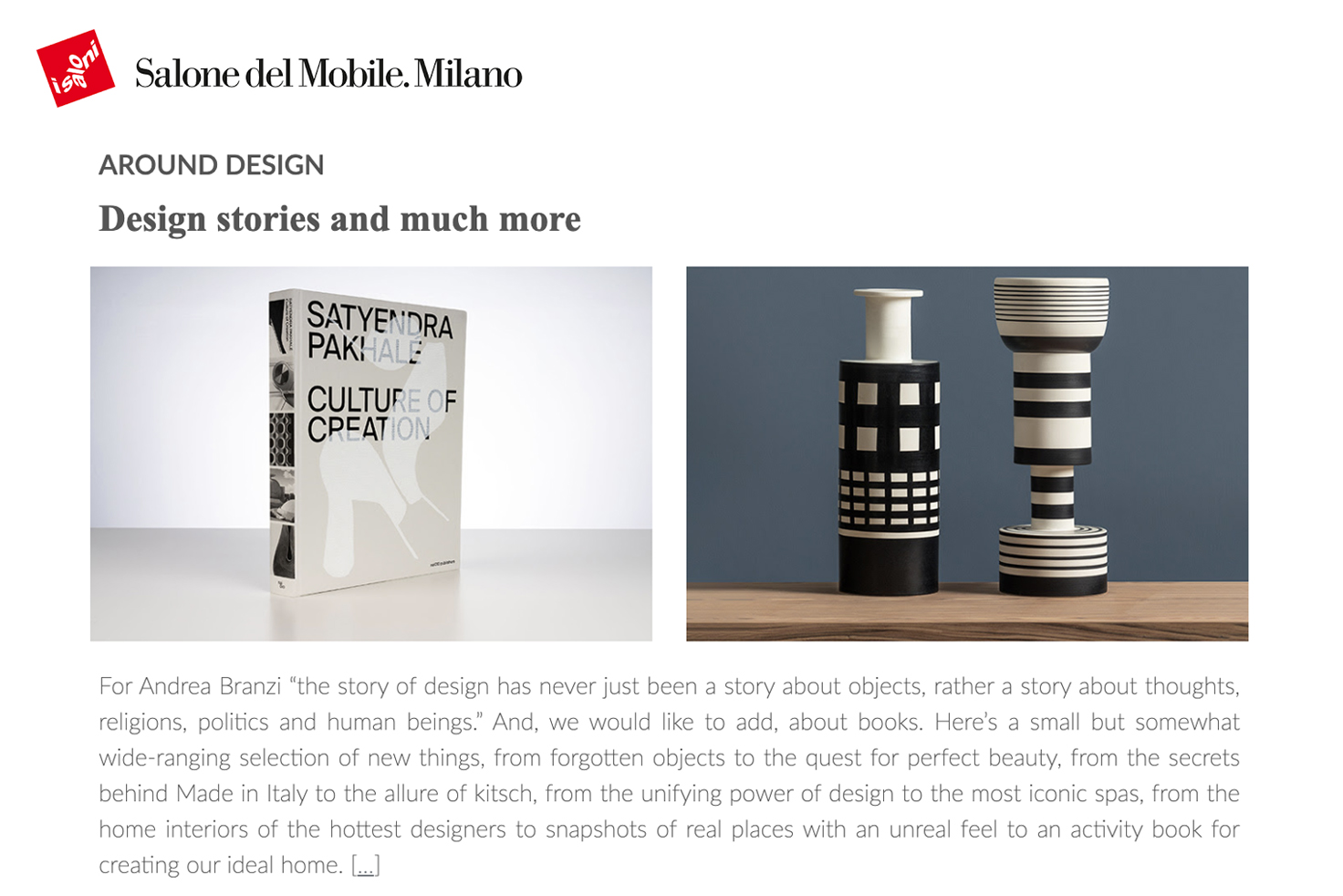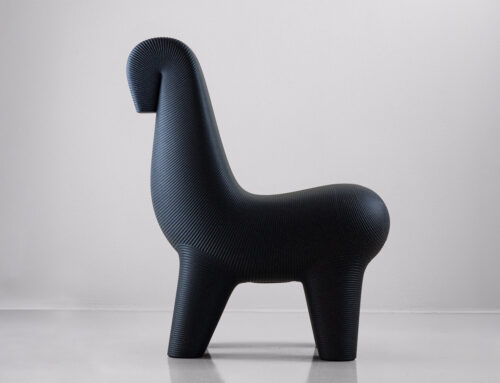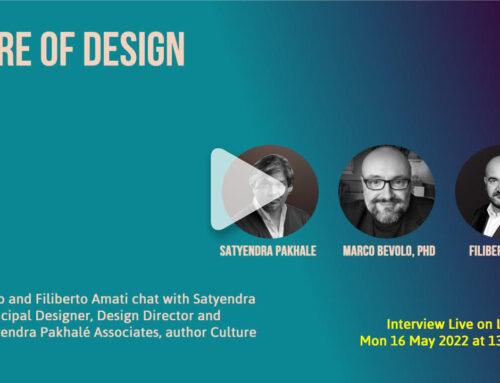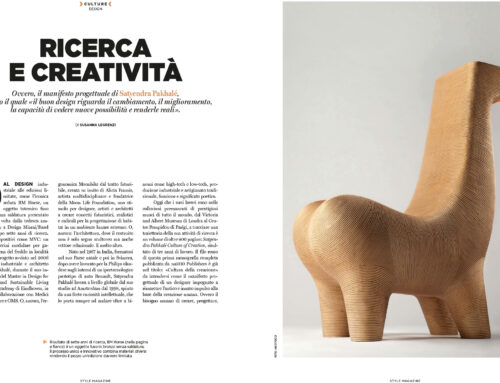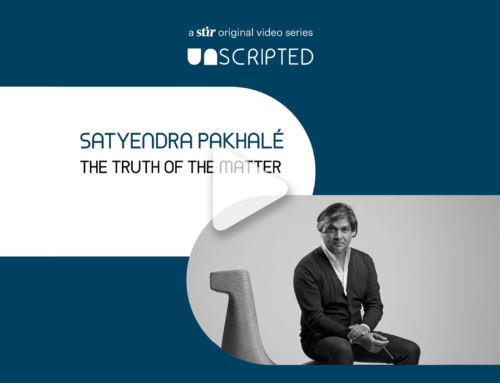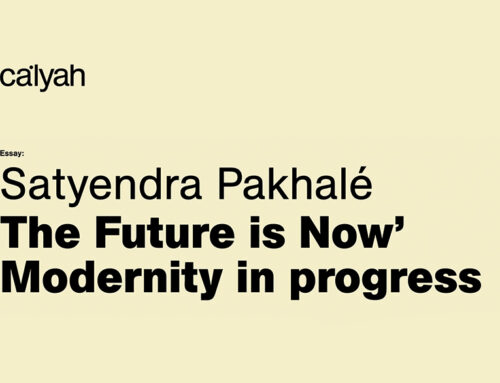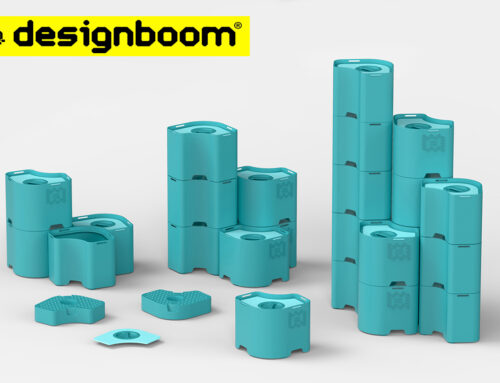For Andrea Branzi “the story of design has never just been a story about objects, rather a story about thoughts, religions, politics and human beings.” And, we would like to add, about books. Here’s a small but somewhat wide-ranging selection of new things, […] from the unifying power of design to […] the hottest designers to snapshots of real places with an unreal feel to an activity book for creating our ideal home. […]
Talking about hope and optimism right now is quite a challenge, with the pandemic in full swing. This is the message that comes out of this monograph, the first, on one of the leading names on the international creative scene. It explores the role of design in promoting common good and its unifying power in an ever more divided world. As Satyendra Pakhalé puts it: “Design is a cultural act about justice as much as utility and beauty.”
Aside from the free thoughts of the Indian polymath designer, launched by SaloneSatellite in 2001, Culture of Creation contains critical essays by leading design and industry thinkers such as Paola Antonelli, TizianaProietti, René Spitz, Aric Chen, JuhaniPallasmaa, Stefano Marzano, Jacques Barsac, WeraSelenova and Ingeborg de Roode – throwing a new light on the role of design – which is to nourish the common good, crucial for social cohesion. There also emerges a designer who is farsighted, attaching a soul to his work, a kind of modern-day Geppetto, who doesn’t allow himself to be drawn in by the facile consumerism of industrialisation. “I have always seen the world as one place, I don’t know the world as a divided place. We as a humanity are innately related – and unfortunately, the current politics don’t reflect on that. […] The ways and manner in which we are fed with selective targeted information by any given search engine, at any time of day, limits the way we approach things, and our possibilities.” For Pakhalé, being a designer is a true expression of optimism. A sine qua non condition for being able to create.The culture of creation, precisely. Every creative process presents its own adversities and difficulties that are hard to overcome without adopting this specific approach.
The book also contains some fine watercolours. Pakhalé has loved sketching and drawing in pencil since he was a child. When he set up his studio, he began the daily practice of painting watercolours on cotton paper, using a single brushstroke. These constraints allowed him to focus only on the practice and “think through abstraction,” in other words, discarding the rational part in favour of intuition and subconscious vision.
What we should take away from this wonderful book is this valuable lesson: “Design has to help to bring the disintegrating elements together and unite them in a given society.” Now more than ever!
Read the full article at iSaloni Magazine
